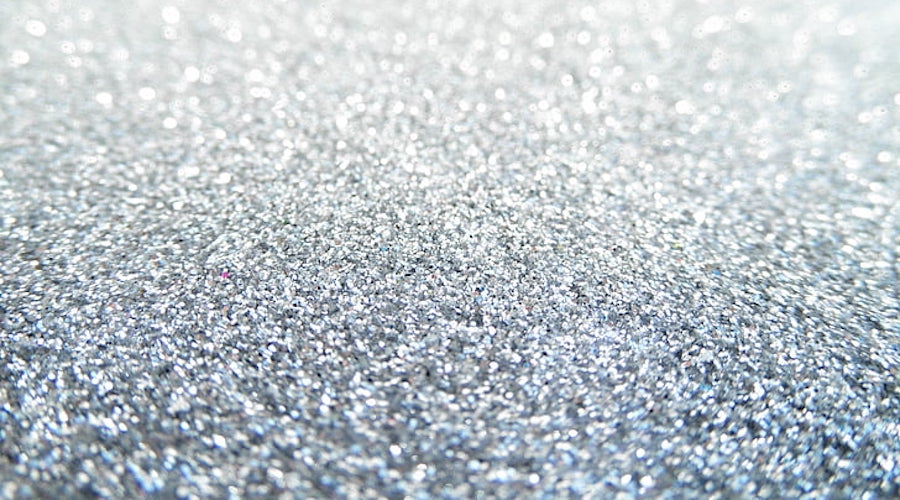Silver proves effective for fighting superbugs

Researchers at the University of Florida have found that a combination of silver nanoparticles and antibiotics is effective against antibiotic-resistant bacteria, a finding that can lead to the development of viable treatments for some types of hard-to-fight infections.
In a paper published in the journal Frontiers in Microbiology, the scientists explain that antibiotic-resistant infections kill more than a million people globally each year. For centuries, silver has been known to have antimicrobial properties. However, silver nanoparticles—microscopic spheres of silver small enough to operate at the cellular level—represent a new frontier in using the precious metal to fight bacteria.
In this study, the research team tested whether commercially available silver nanoparticles boost the power of antibiotics and enable these drugs to counter the very bacteria that have evolved to withstand them.
“We found that the silver nanoparticles and a common class of broad-spectrum antibiotics called aminoglycosides work together synergistically,” Daniel Czyż, senior author of the study, said in a media statement. “When combined with a small amount of silver nanoparticles, the amount of antibiotic needed to inhibit the bacteria decreased 22-fold, which tells us that the nanoparticles make the drug much more potent.
According to Czyż, aminoglycosides can have negative side effects, so using silver nanoparticles could allow for a lower dose of antibiotic, reducing those side effects.
Czyż and the study’s lead author Autumn Dove pointed out that over the last several decades, overuse of antibiotics had led to the emergence of antibiotic-resistant bacteria and a decline in the effectiveness of traditional antibiotic drugs. The new findings indicate that silver nanoparticles have the potential to renew the effectiveness of some of these drugs.
“Let’s say you get a bad burn on your hand, and it gets infected with one of these resistant strains of bacteria,” Dove said. “It’s possible that dressing that burn with a combination of silver nanoparticles and antibiotics could both clear that infection and prevent those resistant bacteria from spreading elsewhere.”
Though antibiotics mainly target bacteria, they can also damage human and animal cells. Using a microscopic worm called C. elegans, the researchers confirmed that the silver nanoparticles did not also make the antibiotic more toxic to non-bacterial cells.
Building on these results, the scientists’ next plan is to seek FDA authorization for clinical trials and work with the University of Florida’s Innovate to patent an antimicrobial product that uses silver nanoparticles.
More News
German politicians fret over gold reserves held in the US
About 37% of Germany's gold (roughly 1,236 tonnes) are held in vaults of the New York Federal Reserve.
March 31, 2025 | 09:41 am
Codelco regains title as world’s top copper producer
Chile’s state-owned miner produced 1.44 million tonnes of copper last year.
March 31, 2025 | 08:19 am
{{ commodity.name }}
{{ post.title }}
{{ post.excerpt }}
{{ post.date }}



3 Comments
Oredigr
Gives new meaning to being fed with a silver spoon!
Felix
It is called colloidal silver and is available in most health food stores. Of course, perhaps there was a reason for gold and silver money, silver eating utensils and the current use of silver in burn dressings. woo woo they have discovered something that has been known for hundreds of years but has recently been hidden by big P.
Jack tripper
Colloidal Silver can be made at home. Cheap. Works against bacteria, virus, and fungus. Experimented with by the U.S. Navy, and used by silver spoon rich.
.